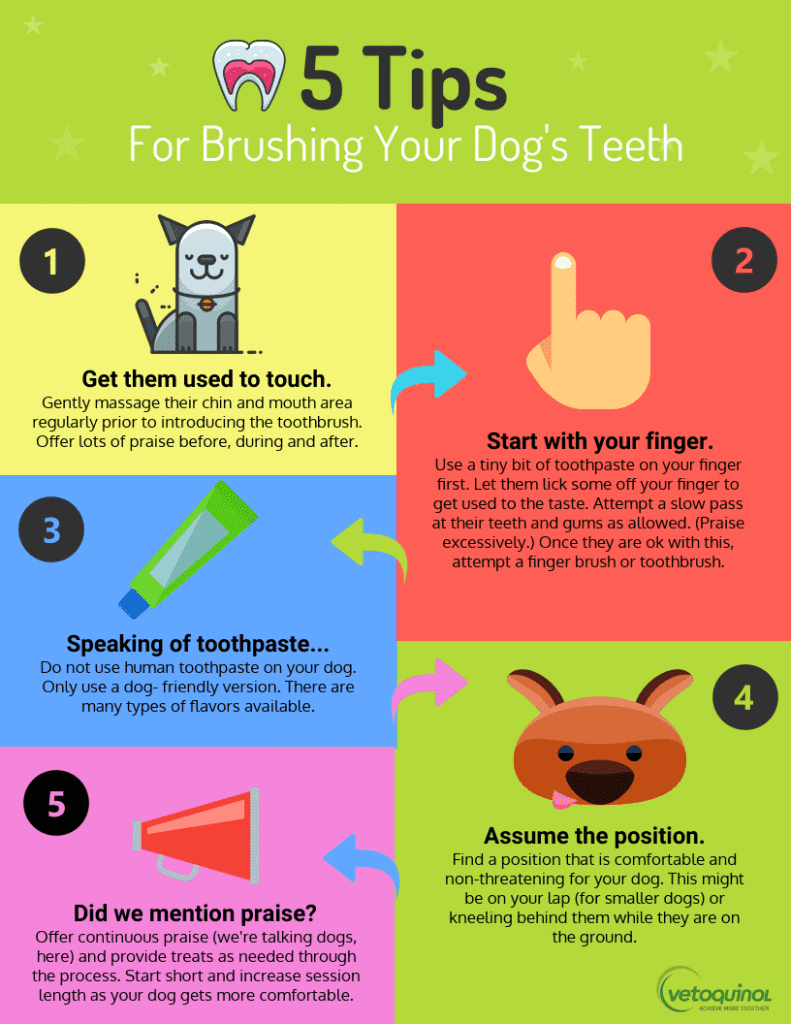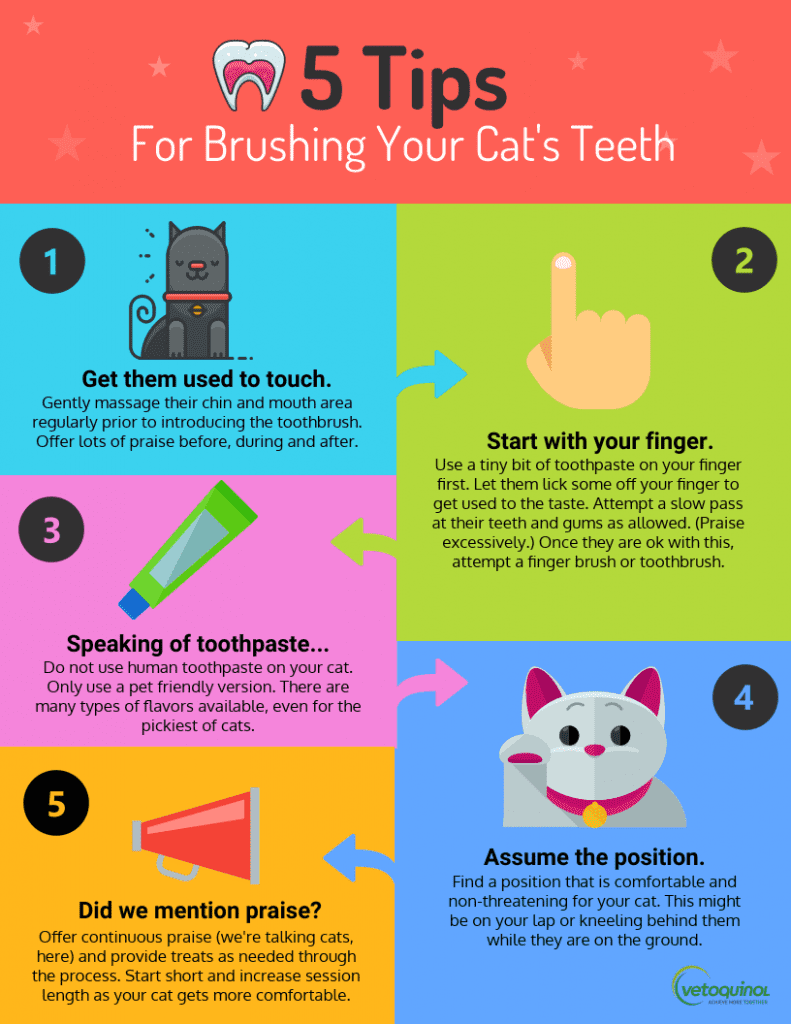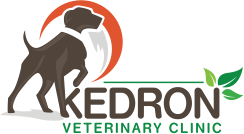Bad breath, or halitosis, is a common occurrence in both cats and dogs. Although it’s normal for your pet’s breath to smell slightly unpleasant, a strong odour could be a sign that something serious is lurking below the surface. At Kedron Veterinary Clinic, we offer a range of treatments to help diagnose and rectify this issue.
Why Does My Pet Have Bad Breath?
There are a number of reasons why pets can develop bad breath. Kidney disease, respiratory issues and diabetes are among the most dangerous, and you should make an appointment for a general health check to rule out these causes. In most cases, bad breath is usually caused by dental disease or gingivitis.
The Causes of Bad Breath in Dogs and Cats
Gingivitis is caused by plaque and tartar accumulation in their mouth as bacteria builds up after eating. You’ll notice the symptoms of redness, inflammation or bleeding gums. Tartar appears as brown spots or dark tinges on the teeth. If you notice any rotting or loose teeth, make an appointment immediately.
Another cause is their diet – cats and dogs can develop bad breath from pungent foods or particles lodged between their teeth. Additionally, pets can suffer from metabolic problems such as kidney disease or built-up toxins in the blood.
How Do I Treat My Pet’s Bad Breath?
When you notice your pet’s bad breath, the best course of action is to seek help from a Brisbane veterinary specialist. This will help you to rule out the more dangerous possibilities, saving yourself a lot of time, money and distress. Possibly changing their diet and using dental chew toys and treats will help to maintain their oral hygiene. Your pet will require a dental scale and polish under anaesthetic at some point, or even multiple times, throughout their lives. The ultrasonic vibrations of the scaling machine allow for high powered tartar removal that is simply not possible at home. We also offer dental xrays in order to diagnose unseen conditions of the tooth roots and bone which can cause acute pain and chronic internal infections.
How to Brush Your Dog’s Teeth
Visit us to buy specially designed dog toothpaste and brushes. Give your dog a small sample to introduce the taste and lift their lip to expose the surfaces of their gums. Brush gently and slowly, cleaning the outer surfaces and making sure you reach the back molars and canines. Reward your dog afterwards.

How to Clean Your Cat’s Teeth
If you train a cat while it is young, it will be a lot easier to clean their teeth with special equipment and products from your vet. Slowly introduce the process to your cat by allowing them to lick the paste off your finger. Once they are comfortable, start to touch their teeth with the brush and reward them with a treat. Start with short brushings and gradually build up.

Professional Cleanings from Kedron Veterinary Clinic
In addition to your at-home dental routine, adult dogs and cats should have their teeth professionally cleaned at least once a year. Make an appointment with our pet dentist today. Call (07) 3857 1785 or contact us online.
